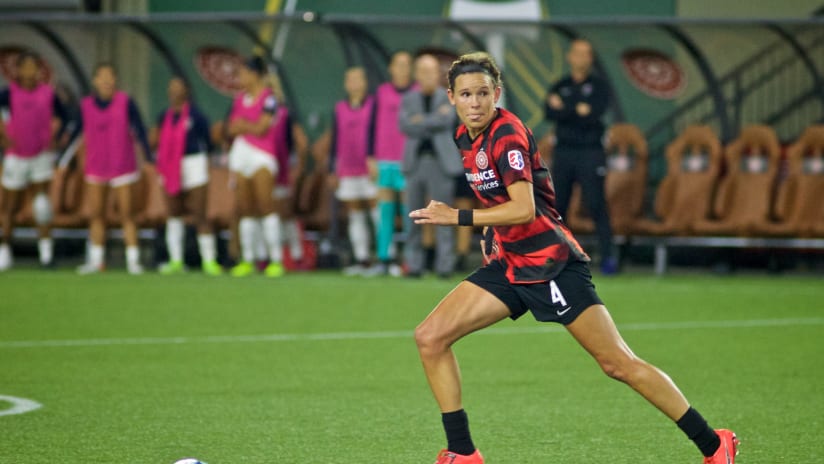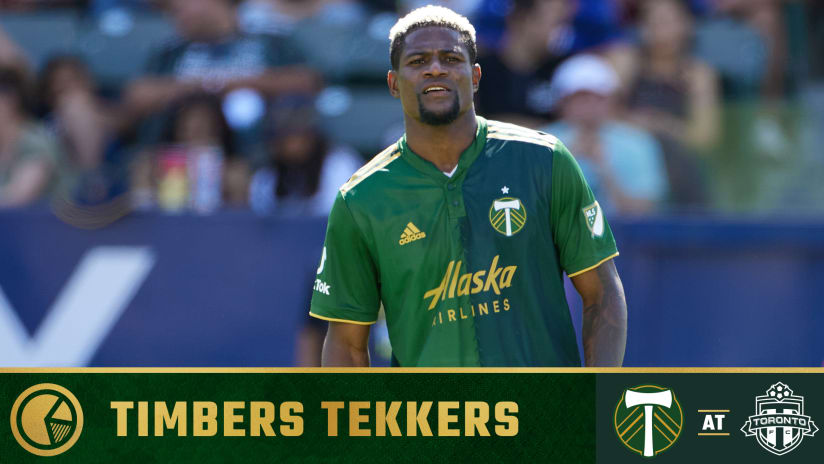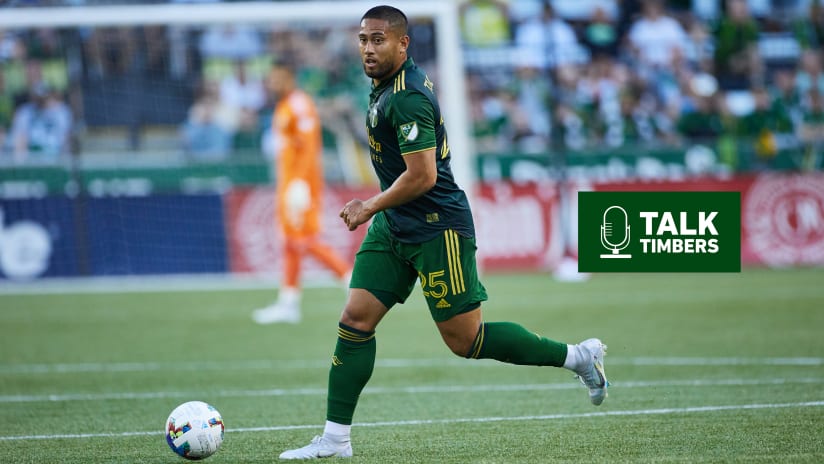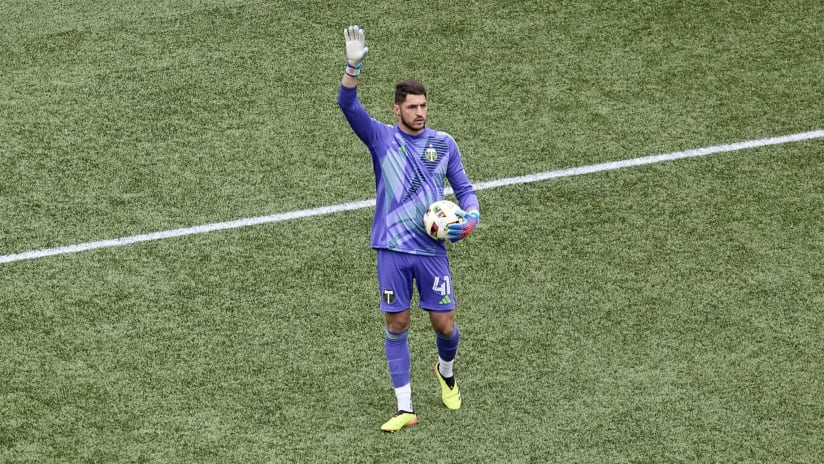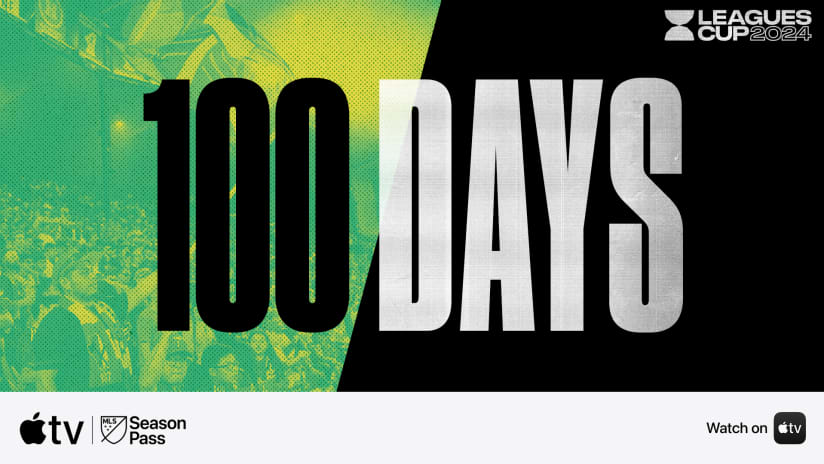Our look at the forward and midfield depth on the current Portland Thorns FC roster also came with significant questions about style and structure. But as we move deeper in the Thorns’ formation, the nature of our queries change, with a series of proven solutions challenging the team’s decision makers with deeper questions on how to build a roster.
Here is our fifth of eight roster checks, looking at who is on the books for the Timbers and Thorns:
Rostered defenders (in alphabetical order): Elizabeth Ball, Ellie Carpenter, Kelli Hubly, Meghan Klingenberg, Emily Menges, Madison Pogarch, Katherine Reynolds, Emily Sonnett
The potential for expansion this offseason continues to loom over the National Women’s Soccer League. Mark Parsons, head coach of the Thorns, alluded to it on one of our latest Breaking Lines podcasts, saying those around the league are in constant contact with each other, wondering if or when an expansion draft will drastically alter this offseason. It seems possible, but until a 10th team is confirmed or denied, the potential for the league’s current nine to lose players looms.
It’s an important consideration whenever you’re reading these depth-chart breakdowns. At forward, we talked about the need to add, while in midfield, the departure of one of last year’s starters has already created a hole. If expansion deprives the Thorns of talent at those positions, there will be even more work to do, but going into next season, the questions at those positions transcended talent, ranging into elements of style and fit. Another loss may only contribute to a broader overhaul, with the future at those levels of the field require some heavy thought.
Perhaps that’s the case in defense, too, where a solid Thorns backline failed to meet the lofty standards they carried out of the preseason. Back then, the team’s goal was to returned to the level that defined its 2016 and 2017 seasons, when Portland had the league’s best defense. Goal prevention slipped in 2018, but coming into last season, players and staff were optimistic the squad could rebound. It was just a matter of getting back to what worked.
That didn’t happen. Portland still had a good defense, allowing 31 goals in 24 games. But that total didn’t compete for the league lead. Instead a sixth-place finish among NWSL defenses leaves the team where it was a year ago: entering the offseason with questions about the back line’s true level.
The defense of the Thorns’ current depth chart, though, are the circumstances around almost every starter’s performance, leaving three of the teams regulars likely to be better in 2020 than they were in 2019. The most obvious of those is on the right side, where 19-year-old Ellie Carpenter just finished her second NWSL season. Though that year was broken up by her absence to represent Australia at the World Cup, Carpenter showed flashes of taking her game to another level; specifically, in the spell immediately after France 2019, when she played her best soccer of the season. That spell needs to become a larger part of her 2020, but with so much experience at such a young age, Carpenter has the foundations in place to vault forward. It’s reasonable to expect continued improvement.
Likewise, right-center back Emily Sonnett was also a miss during the World Cup, absent for more time than her Australian teammate on account of the United States’ deep tournament run. Now a world champion, Sonnett stands to have an increased impact in 2020, if only because the upcoming Summer Olympics, to which should she be selected, cover a smaller calendar window. With her increased presence and potentially some improvement from experience alone, Sonnett could be part of the small increases Portland may hope for next season.
Then there’s the mainstay, Emily Menges. In ironclad presence in central defense over Parsons’ first two years in Portland, Menges has had to overcome myriad injuries over the last two seasons, limiting her to 37 out of 49 possible appearances. It’s possible Menges will continue to miss time randomly in 2020, but it’s also possible she enjoys a healthy season – a scenario that informs an interesting, almost philosophical question. What’s more likely to happen: Menges returns to full health, or you’re able to find somebody who can match a healthy Menges’ contributions? The second one, there, sounds much for difficult than the first.
The final piece of 2019’s puzzle was also its most valuable. Meghan Klingenberg may have been the Thorns’ best player last year, but few people seemed to notice – a level of neglect that’s defining “Kling’s” post-national-team career. Players fade out of their national team player pools at some point – it happens – but that doesn’t mean the rest of their careers should be forgotten. Yet even for those who follow the NWSL most ardently, Klingenberg’s 2019 seemed like an afterthought. No real mentions of either NWSL Best XI (first or second). Little recognition from Teams of the Week or Month. Even as she noticeably stepped up during her teammates’ World Cup absences, assuming more responsibility for dictating and deciding when her team attacked, few seemed to notice. Klingenberg’s standout season was defined by what she wasn’t instead of what she was.
If Klingenberg’s 2020 is anywhere close to her 2019, the Thorns are fine at left back. If Menges avoids her last two year’s knocks, the same goes for left-center back. And at the other two positions in a back four, there’s reason to expect either more contributions, improvement, or both from Sonnett and Carpenter. Perhaps that’s not a recipe for the Thorns to return to their 2016-2017 levels, but it is still a formula for a solid back four.
Behind them, Portland has an encouraging amount of depth, though one of the keys to those options is uncertain to return. At least, by her own admission, 32-year-old Katherine Reynolds is taking things year-to-year, but after her 2019 season, she should return. Though she doesn’t project as a starter at the moment, she didn’t project as one last preseason, either. Yet her recovery from a late 2018 knee injury culminated with her playing a key role throughout the season’s opening months. She eventually logged 1,740 minutes – her highest total since 2016 – while starting in 18 of her 24 appearances. She is one of the most competitive players in the Thorns’ squad and might not envision herself as a bench option, but a player of her quality, experience, versatility and leadership would have immense value.
Whether Reynolds does, Elizabeth Ball helps replicate some of her versatility, with the Penn State alum able to play across the backline as well as, in a pinch, contribute some minutes in midfield. The team’s faith in her was reflected in the 45 minutes she got in the playoff semifinal in Chicago, and while she was pulled from that game at halftime, the starting nod was still a reflection of how far she’s come. By the end of 2018, Ball had gone from undrafted prospect to somebody worthy of minutes. One year later, she was starting in the postseason. She has the talent to continue that climb throughout the 2020 season.
Talent, too, defines another undrafted defense, with Madison Pogarch ready to take a Ball-ian step forward in her second professional season. In year one, “Po” proved physically capable of handling the NWSL challenge but was constrained by the Thorns’ depth at the back. That’s a common refrain across a league where talent overwhelms playing time, but in 2020, Pogarch will be able to couple experience with that talent. She’s set to join a growing list of undrafted finds to build NWSL careers in Portland.
Among those undrafted talents is Kelli Hubly, who saw key playing time for the second season in a row. Though her minutes were down from 2018 (818) to 2019 (251), Hubly still found her name in the starting lineup three times, proving a valuable option as the Thorns navigated some early, depleted months. Still, with the emergences of Ball and Pogarch, the potential for Reynolds’ return, as well as the arrival of new college talent and the return of a defending option from midfield, Gabby Seiler, Hubly’s view of the depth chart a complicated one. Like so many across the NWSL, opportunity and progress have to be viewed in the context of those competing around her.
How much opportunity Hubly, Pogarch, and others get in 2020, though, could be dictated by the bigger question around the Thorns’ squad, one of which is still beyond their control. Could expansion yet put a dent in Portland’s offseason plans? And whether it does, should Portland spend its offseason capital worrying about defense when, in the face of questions elsewhere, a solid group could yet improve?

